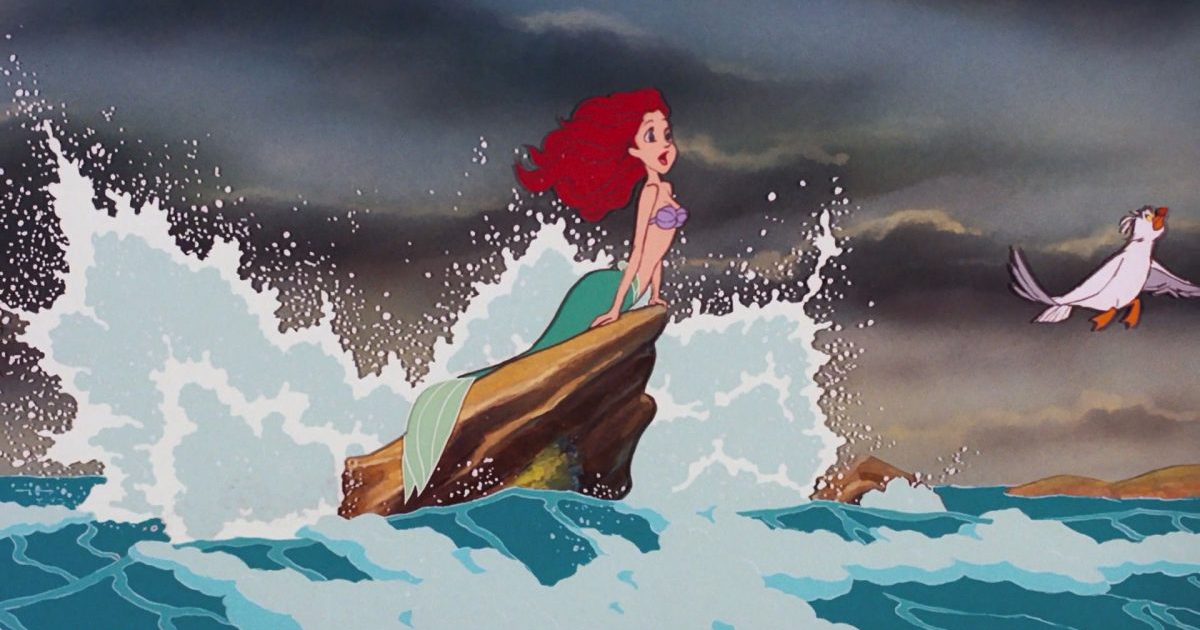The Little Mermaid is one of the most beloved Disney films. Released in 1989 when the legendary animation house was struggling, the film’s blockbuster success helped spark a major revival for Disney, and all these years later it remains a firm favourite of audiences everywhere. Here are some facts about the movie which you might not have been aware of.
20. Sebastian didn’t always have a Caribbean accent
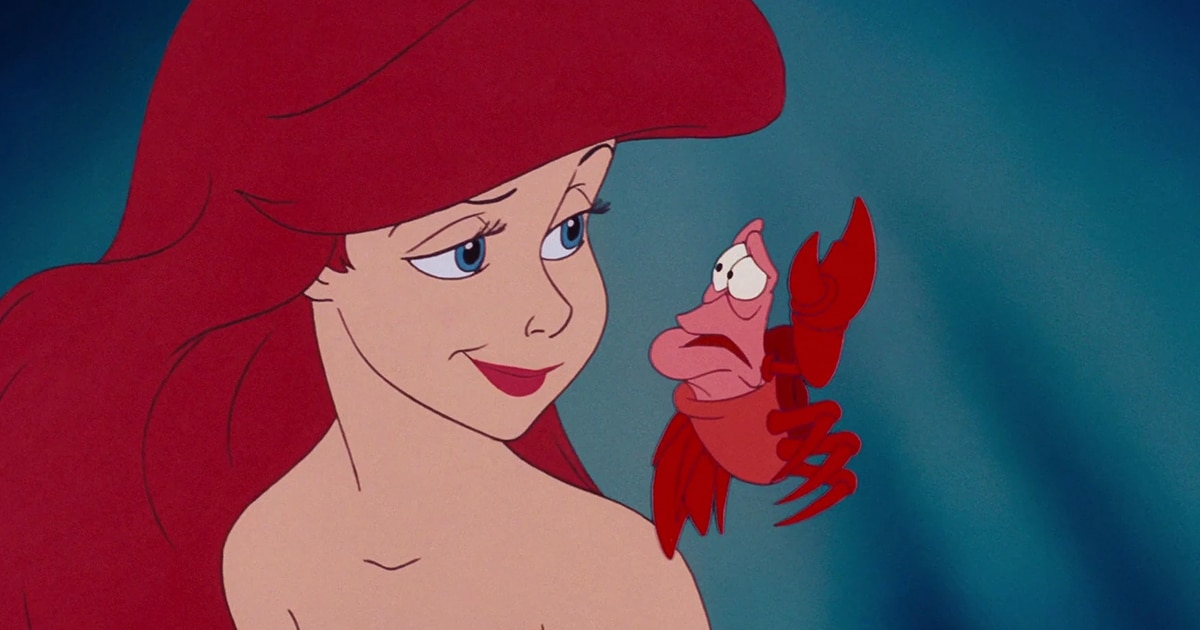
Sebastian, the beloved crab and conductor, was originally going to have a posh English accent. The original character probably would’ve sounded a lot like The Lion’s King’s Rowan Atkinson-voiced Zazu. It was lyricist and producer Howard Ashman who suggested that Sebastian should be changed to having a Caribbean accent. Samuel E Wright was brought in to voice the character, and so the crab we know today was born!
Changing Sebastian to being a Caribbean character saw the door opened to including Calypso-style musical numbers, such as Under the Sea, which went on to win an Oscar for Best Original Song. Funnily enough, Wright actually hailed from South Carolina. He went on to voice Sebastian in both Little Mermaid sequels and Sebastian’s Caribbean Jamboree.
19. Ursula was based on drag queen Divine

The character of Ursula was based on drag performer Divine, who starred in one of the most controversial films of all time: Pink Flamingos. With the tagline “An Exercise In Poor Taste”, this movie by John Waters has developed something of a cult following – though it is distinctly far from Disney. Nevertheless, Disney animators borrowed from Divine’s signature makeup, mannerisms and jewellery to create Ursula the Sea Witch.
Divine, who also starred in Hairspray (1988), sadly did not live to see The Little Mermaid’s release. The star passed away in March 1988, but many friends have commented on how much Divine would have loved Ursula. According to documentarian Documentarian Jeffrey Schwartz, Divine once told John Waters that she had always wanted to be a Disney villain.
18. You can spot Disney mainstays in the opening sequence
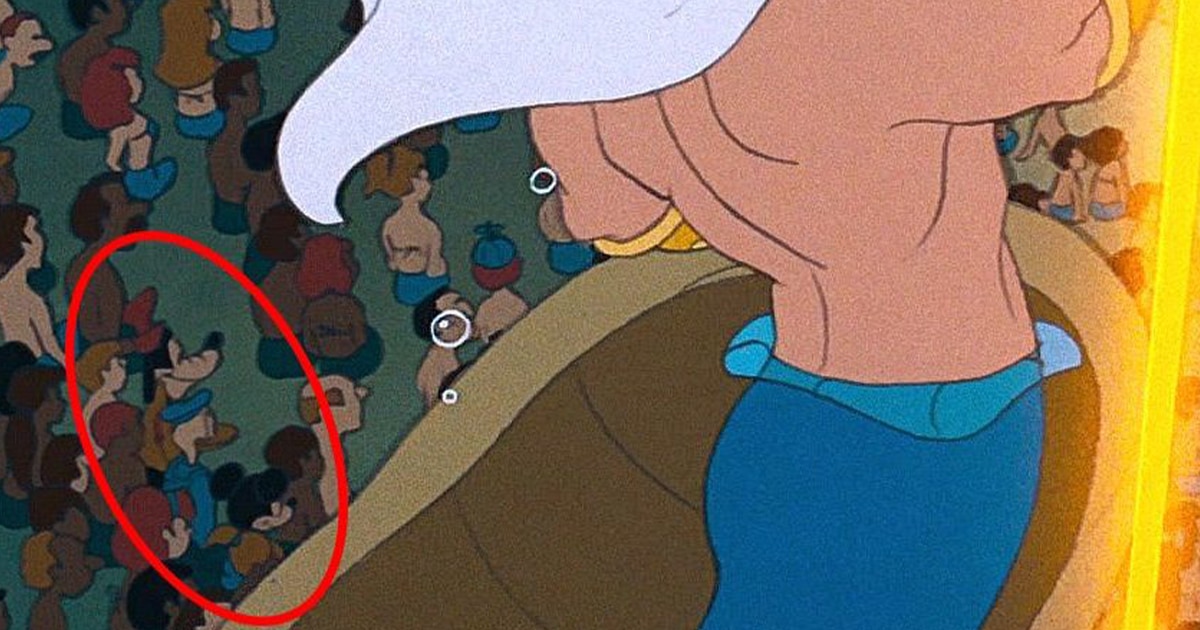
At the start of the film, when King Triton glides over a crowd of people, you can briefly see a couple of surprising faces. Mickey Mouse, Goofy, Donald Duck and even Kermit the Frog are lurking in the crowd. This scene introduces Ariel in her absence, as Sebastian is hosting Ariel’s musical debut – to which she never turns up.
There are plenty of other Disney Easter Eggs in the movie that may catch your eye. The maid Carlotta wears a dress that is identical to Cinderella’s ragged outfit. You can also spot a doodle of Mickey Mouse within Ursula’s demonic contract with Ariel.
17. Ariel was deliberately made a red-head
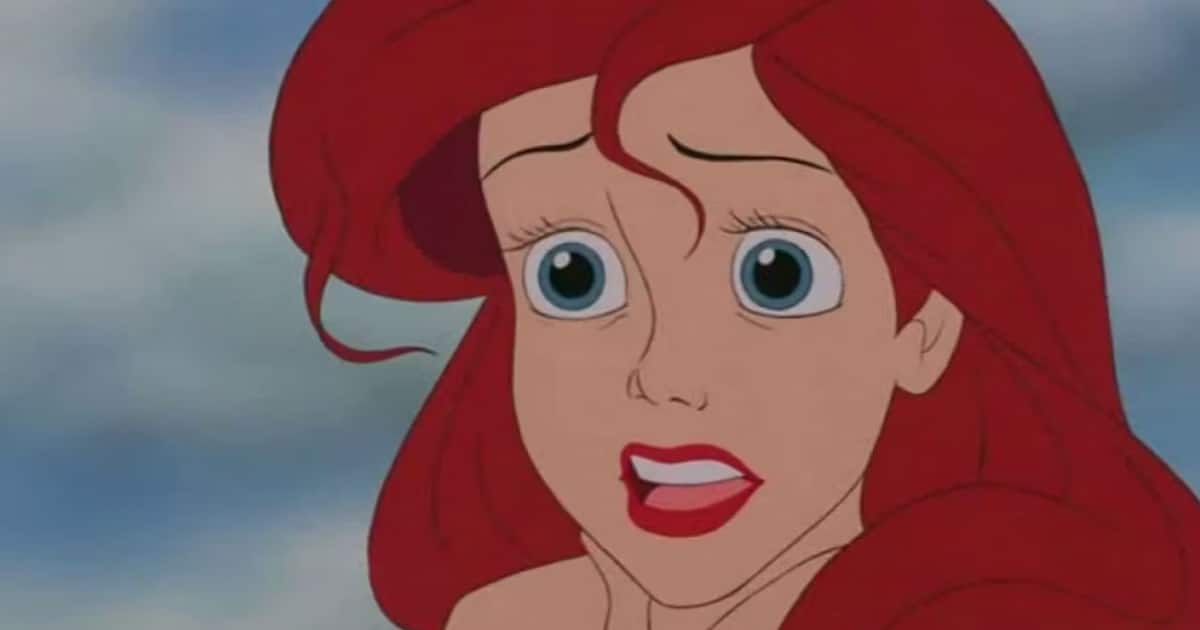
When The Little Mermaid was in production, there was a concern that Ariel might draw comparisons with another cinematic mermaid. If Ariel was given her intended blonde mop, she could look a lot like Daryl Hannah’s Madison in Splash. This 1984 fantasy adventure was nominated for an Academy Award – but the Little Mermaid creators wanted to make sure their movie was original.
As a result, the animators gave Ariel red hair to better distinguish her as a character. It also helped to contrast Ariel against the blue hues of her home, as well as imply her fiery and adventurous personality. Other ginger Disney princesses who have carried on Ariel’s legacy include Merida (Brave), Giselle (Enchanted) and Anna (Frozen).
16. Jeffrey Katzenberg wanted to cut Part of Your World
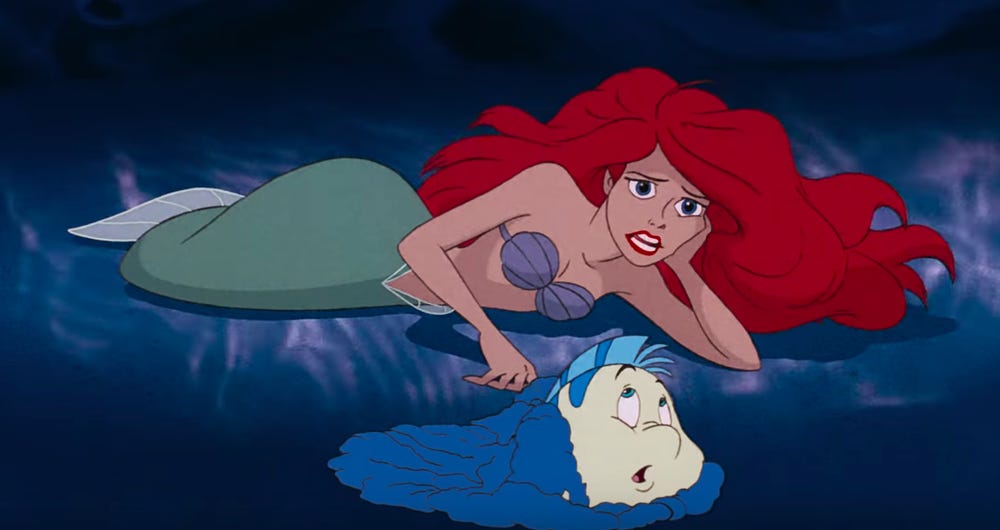
It’s hard to imagine The Little Mermaid without the classic song Part of Your World, through which Ariel first expresses her yearning to experience the human life. However, then-Disney chairman Jeffrey Katzenberg didn’t want the song to be Part of His Film! Katzenberg reportedly claimed that the song was “boring” and that children at a test screening were unimpressed by it.
He was only convinced that the song should remain in the film after it was played to adults, some of whom were moved to tears. It is the film’s “I Want” number, a staple of Disney movies established by Some Day My Prince will Come in the original Disney animated feature, Snow White and the Seven Dwarfs.
15. It was originally meant to come out in the 40s – and be much darker
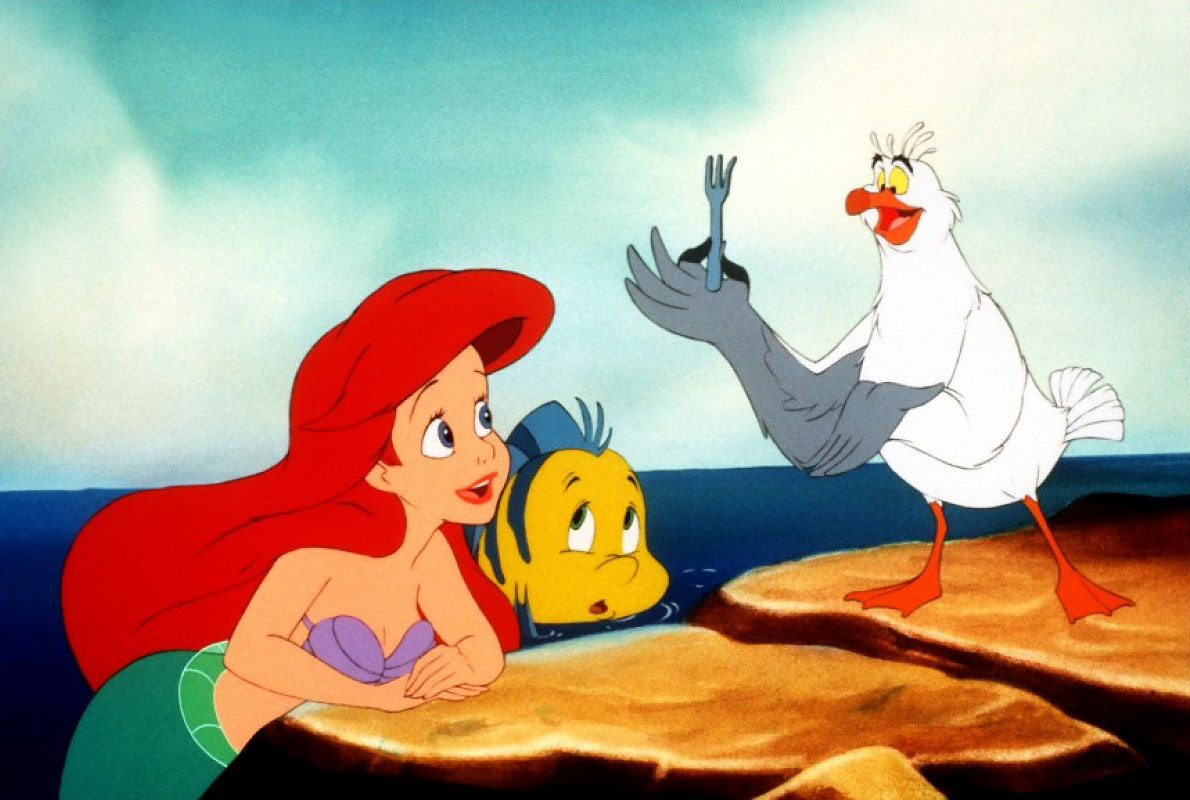
Hans Christian Anderson’s The Little Mermaid is a classic tale, and globally famous – but this original Danish folk tale is much darker than the vibrant 80s animated film it would become. Originally, Walt Disney, whose company had optioned the rights to the story back in the 30s, planned a truer adaptation. He wanted to stick more closely to the unsettling original tale about mortality and unrequited love.
However, an animators’ strike and Disney’s shift towards making wartime propaganda meant the idea was indefinitely shelved. It wasn’t until 1985 (19 years after founder Walt Disney himself passed away) that Disney’s creative team decided to revisit the concept. However, after the failure of the studio’s darkest animated movie The Black Cauldron, they opted to make The Little Mermaid less macabre.
14. Ariel was modelled on Alyssa Milano (without her knowledge)

When drawing inspiration for the lead character, Disney animators didn’t look far. They based Ariel quite heavily on Alyssa Milano, who had risen to fame in sitcom Who’s The Boss and blockbusters like 1984’s Commando. Milano in fact had no idea that Disney had taken such inspiration from her image. It wasn’t until she was invited to host The Making of The Little Mermaid, a 1989 documentary, that she discovered the link.
Later speaking to Wendy Williams, Milano described how during the documentary’s research, “it came out that the drawing and likeness of the Little Mermaid were based on pictures of me from when I was younger.” Among Milano’s diverse career, she’s still proud that her TV appearances made their mark in the Disney universe.
13. It kicked off the ‘Disney Renaissance’
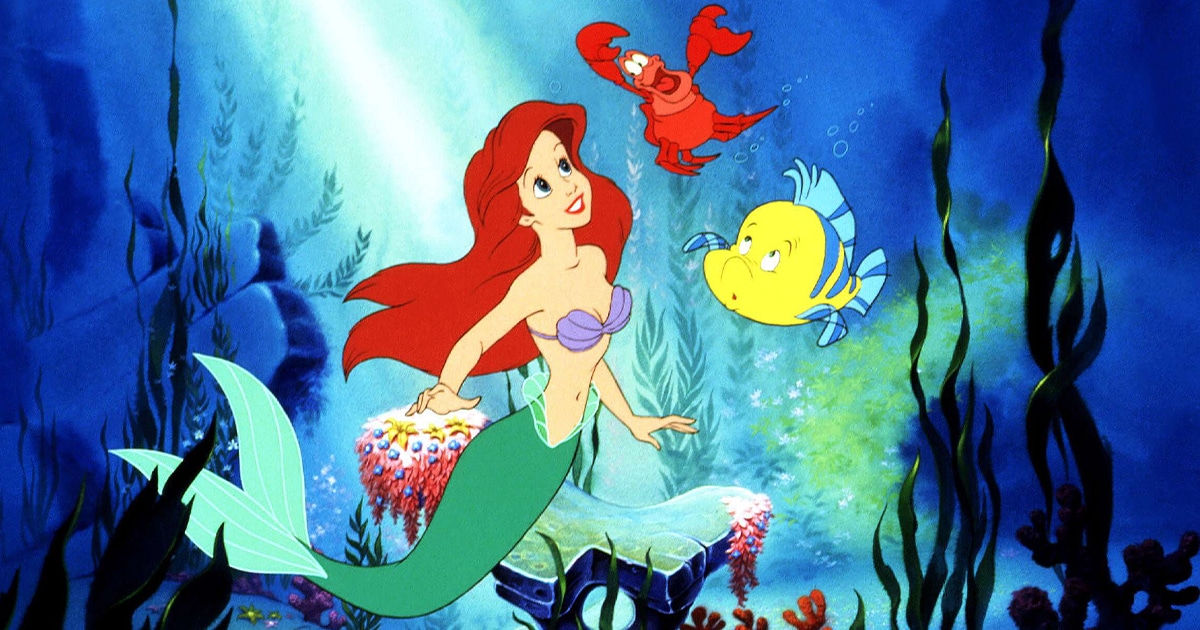
When The Little Mermaid opened, Disney hadn’t had the best decade. From the mid-70s onwards, most of the studio’s animated efforts proved disappointing both in terms of commercial performance and critical response. After The Great Mouse Detective and Oliver & Company, Disney animators were determined to restore their glory days of princess movies.
It was on the back of The Little Mermaid that the so-called ‘Disney Renaissance’ was built. It earned two Oscars for Best Original Score and Best Original Song (for Under the Sea), making it Disney’s first Academy Award winner since Bedknobs and Broomsticks all the way back in 1971.
12. It nearly starred Jim Carrey
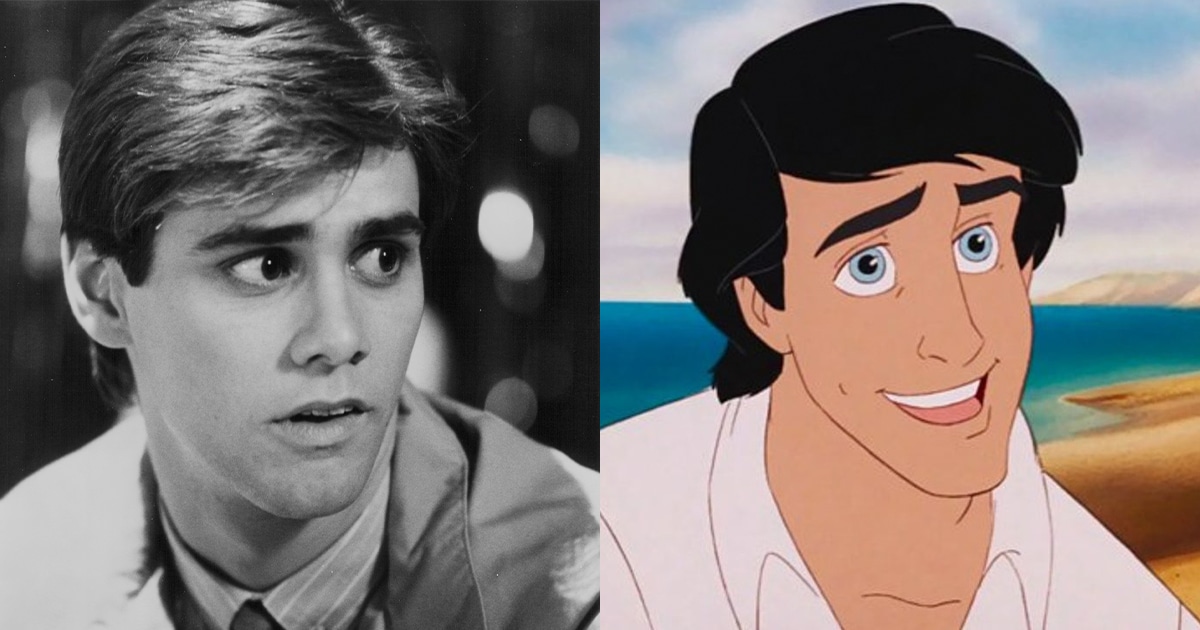
For the role of Prince Eric, the filmmakers almost cast Jim Carrey. Though a little-known actor at the time, Carrey had been working in Hollywood since the early 80s, with roles in such films as Peggy Sue Got Married. However, Carrey missed out on the voice role, which instead went to Christopher Daniel Barnes – who you might be surprised to learn was only 16 years old at the time.
Barnes would later voice Prince Charming in Disney’s direct-to-video Cinderella sequels, as well as playing the title character in the 1994 animated TV series of Spider-Man. Carrey, meanwhile, would later become arguably the biggest comedy star of the 90s off the back of Ace Ventura: Pet Detective, Dumb and Dumber and The Mask.
11. Patrick Stewart turned it down because of Star Trek
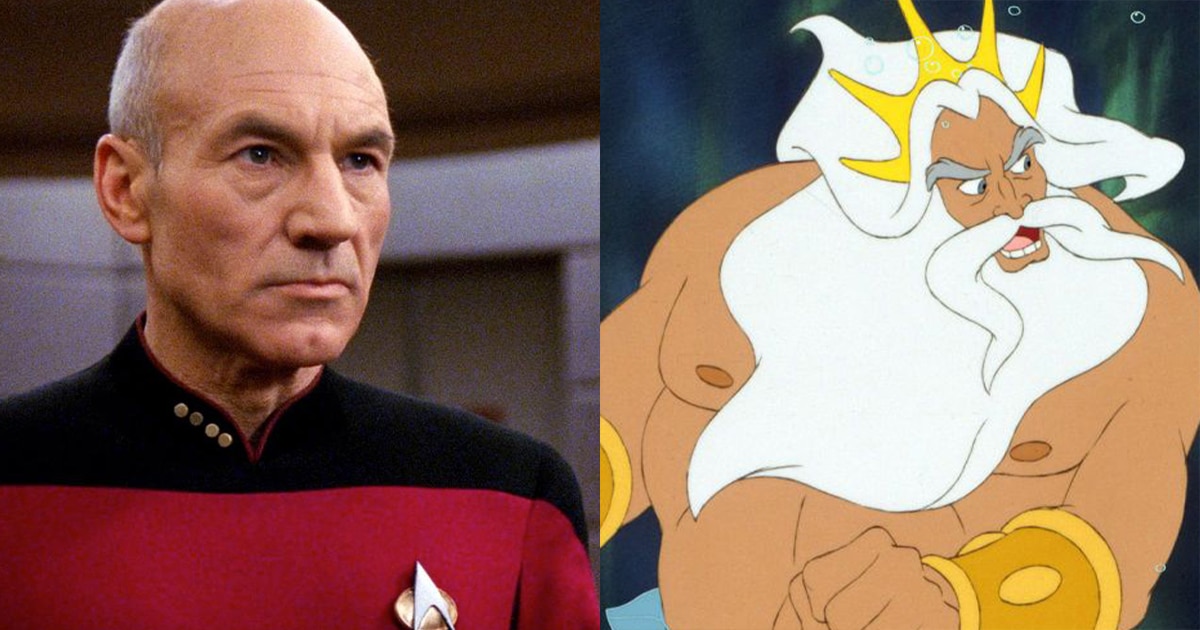
The role of King Triton was supposed to have gone to Patrick Stewart. However, scheduling conflicts with Star Trek: The Next Generation meant the talented actor had to turn the role down. Triton would instead be played by Kenneth Mars who, incidentally, starred as the Nazi playwright Franz Liebkind in Mel Brooks’ The Producers.
This is in fact just one among quite an astonishing number of famous Disney roles that the esteemed British Shakespearean actor has declined. Stewart also turned down Cogsworth in Beauty and the Beast, Zeus in Hercules, Governor Ratcliffe in Pocahontas and Zazu in The Lion King… and yet he said yes to the role of Poop in 2017’s The Emoji Movie.
10. The movie’s million bubbles were painted by hand amid a crisis
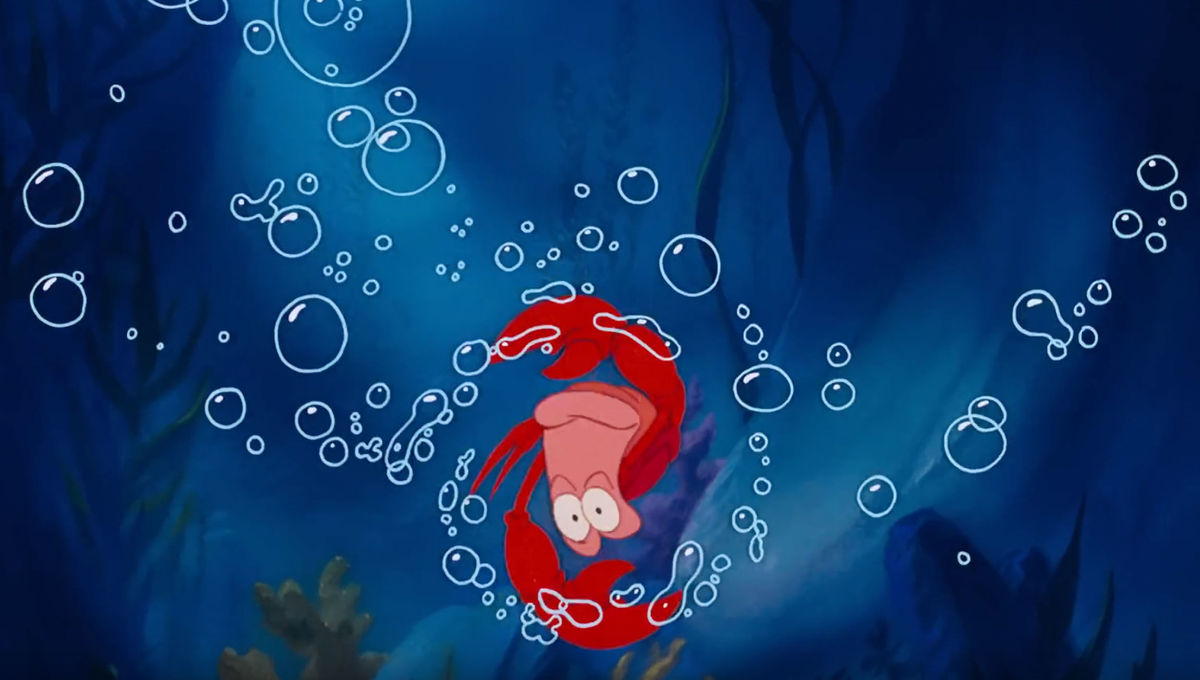
Where would The Little Mermaid be without its plumes of bubbles, bringing extra magic to every movement? Most of The Little Mermaid relied on Xerox for animation – an electrostatic process that transfers pencil markings into cels. In fact, this movie was Disney’s last cinematic Xerox creation. However, the bubbles of The Little Mermaid are a different story.
Unbelievably, every single bubble in the film was painted by hand, because Disney producers wanted each one to be unique. One special effects supervisor estimated there were around a million bubbles added in this way. They were hand-painted by a firm based in Beijing, amid the Tiananmen Square protests and massacre in 1989.
9. Ariel keeps posing in imitation of a famous statue

Ariel’s best-known pose – shown throughout the movie – sees her resting on the rocks out to sea. With a wistful expression, she looks towards the land with her tail draped to one side. This pose is inspired by a famous statue in Copenhagen, home of the original Little Mermaid author Hans Christian Anderson.
Unveiled in 1913, this statue rests on rocks in the harbour, and shows a mermaid who is turning into a human. Just over four feet tall and weighing nearly 400 pounds, it was made from bronze by Edvard Eriksen. It is something of a landmark for the city, attracting tourists and mermaid fans from around the world.
8. Prince Phillip and Princess Aurora seem to make a brief appearance
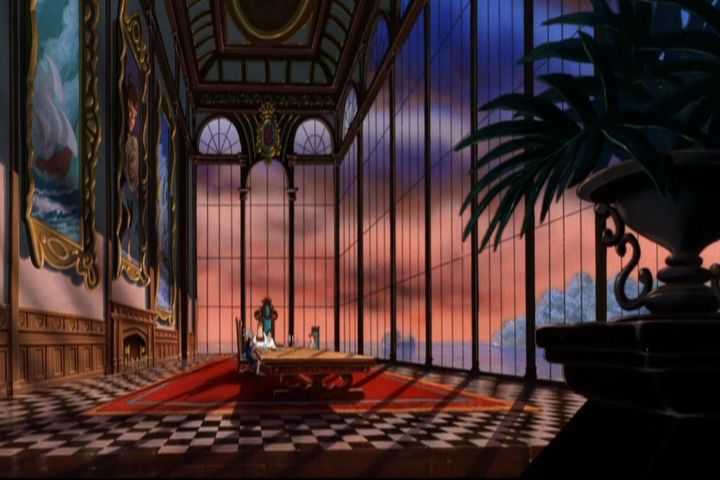
The Little Mermaid kicked off a Disney Renaissance, bringing royal romances back into the brand’s animated movies. But this film also seems to pay homage to Ariel’s predecessor, Princess Aurora. Aurora is the protagonist of Sleeping Beauty, Disney’s 1959 offering – which was nominated for an Academy Award. She finds her happily ever after with Prince Phillip, who happens to be the first named Prince in the Disney Princess franchise.
Fans of The Little Mermaid have noticed that as Ariel and Eric sit down to dine in the Palace, a huge portrait – seemingly of Aurora and Phillip – adorns the room. The couple certainly look like the royals to us – and as a result, fans have speculated that Eric and Phillip (or Aurora) could be related to each other.
7. It was the final movie of British star Ben Wright

The voice of Grimsby, Prince Eric’s devoted steward, was provided by British actor and radio star Ben Wright. Wright, a veteran of WWII, was an expert in accents and provided a wide range of voices on US radio, including Sherlock Holmes and Sinbad the Sailor. He was also renowned for playing the Nazi Herr Zeller in The Sound of Music in 1965.
Wright had previously voiced two other Disney characters: Roger in 101 Dalmatians and Rama in The Jungle Book. Despite this, he was reportedly not recognised as a Disney actor by The Little Mermaid creators, who only made the connection after he was hired. Wright passed away after heart surgery in 1989, four months before The Little Mermaid was released.
6. An strange-looking turret triggered a lawsuit against Disney

The Little Mermaid is a beloved film for all the family, as far as Disney is concerned. But over the decades, some viewers have questioned moments in this animation. In particular, one of the turrets of Atlantica appears to have a rather inappropriate shape. This image appeared on the cover of early home video releases of the movie.
Rather than dismissing this as a coincidence, one woman from Arkansas named Janet Gilmer filed a lawsuit against Disney. She claimed that The Little Mermaid, The Lion King and The Fox and the Hound all contained inappropriate subliminal messages. However, she dropped this lawsuit only two months later. Since then, Disney has quietly removed the questionable turret from home release packaging.
5. Bea Arthur of Golden Girls fame was the first choice to voice Ursula

Disney animators created Ursula with Bea Arthur, famed for The Golden Girls, in mind. Arthur was even named within the script itself, to describe the ideal Ursula voice. However, when they approached Bea Arthur’s agent with the role, it was apparently taken as an insult. Director John Musker later recalled: “Her agent, I guess, read the script, and it described the witch as having a Bea Arthur-type basso voice.”
“[The agent] just read it, somehow in her mind, like we were saying Bea Arthur is a witch,” he explained. “I don’t think she even gave it to her.” The role eventually went to Pat Carroll, who would also voice Morgana, Ursula’s wicked sister, in the sequel The Little Mermaid II: Return to the Sea.
4. Part of Ariel’s animation was based on a female astronaut
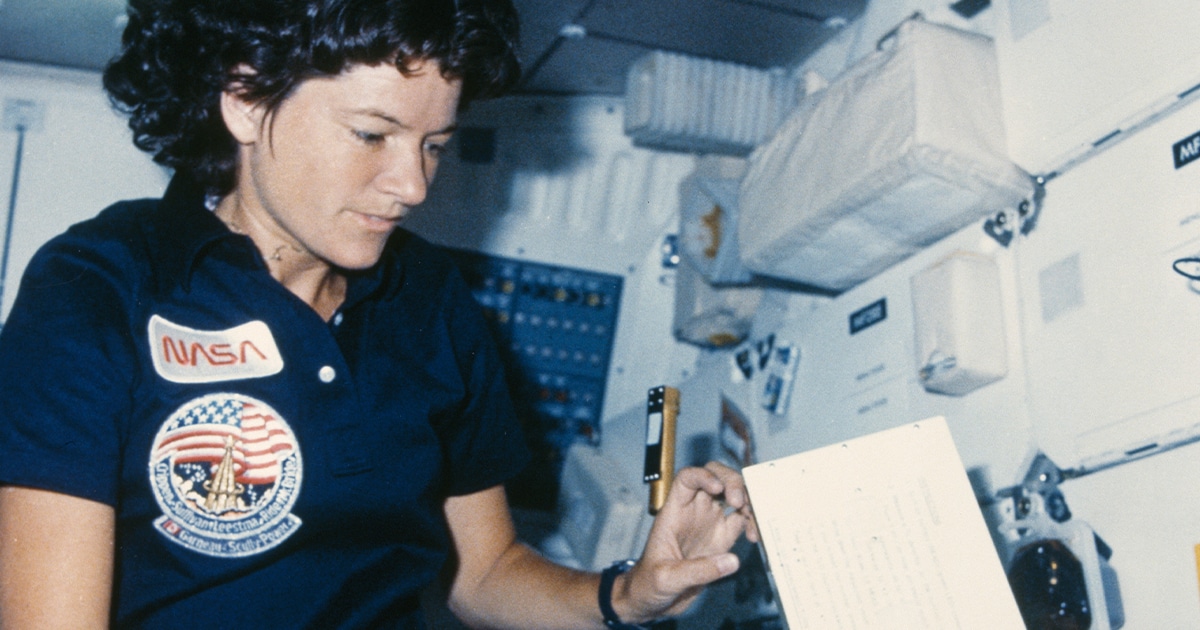
Artist Glen Keane took inspiration from many sources for Ariel’s design, including TV star Alyssa Milano and his own wife. But one of his more unusual sources for the mermaid was Sally Ride, the American astronaut. Footage of her hair in space helped Keane to design Ariel’s deep-sea locks and their movement. According to Disney Imagineer Lisa Girolami, “The greatest look [for The Little Mermaid] was actually images or videos of Sally Ride in space—in zero gravity.”
Sally Ride was the first-ever American women to go to space, and the third female astronaut of any nationality to go there. To this day, she also remains the youngest ever US astronaut, having reached space at the age of 32. In addition, Ride was also the first gay person to go to space.
3. Ursula was originally meant to be Ariel’s aunt
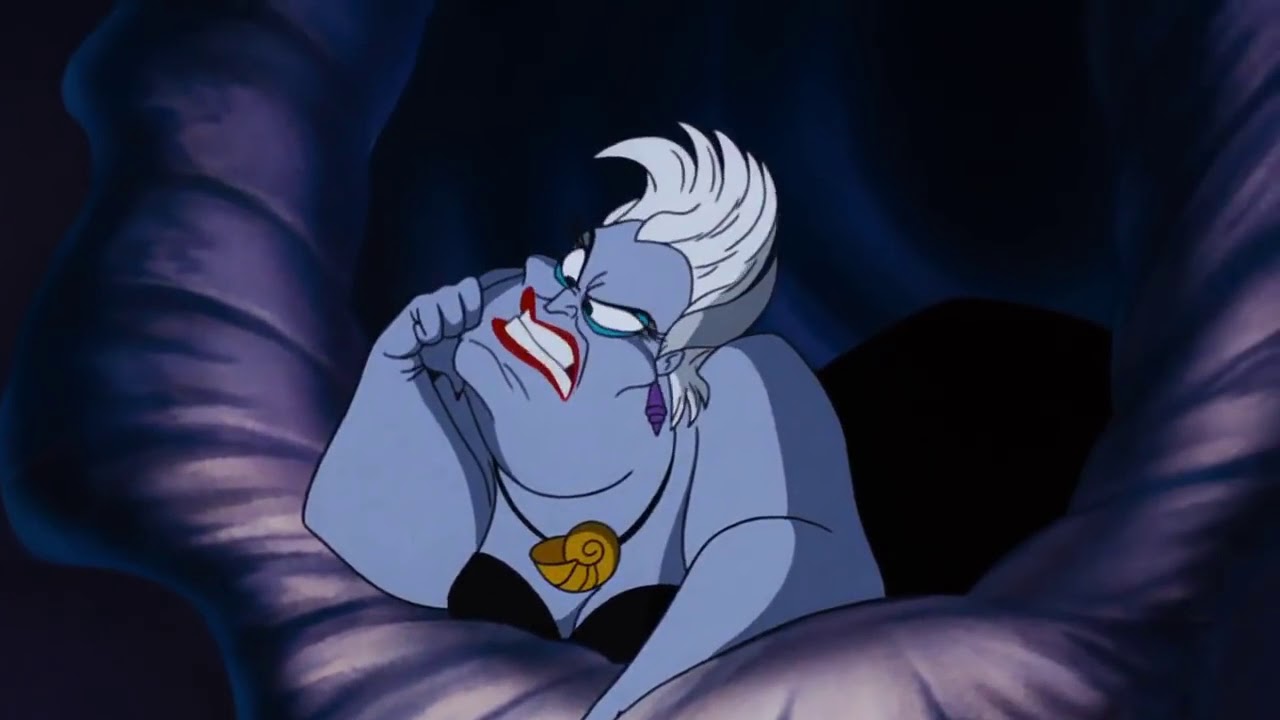
It may surprise fans of The Little Mermaid to know that Ursula was originally written as the sister of King Triton. In one deleted version of the film’s opening scene, it’s mentioned that Ursula and Triton are siblings. She is described as “evil and ugly and hungry for power”, living in exile and scheming to rule the ocean. This sibling rivalry backstory was ultimately cut because creators wanted to make the tale more streamlined and simple.
The Little Mermaid Broadway musical of 2008, in contrast, refers to this connection openly. In 2012, a new version of the musical, created by Glenn Casale, states that Ursula massacred her and Triton’s elder siblings in pursuit of the throne, a crime that landed her in exile.
2. Ariel’s reach for the sky was the last shot to be completed

At the end of Part of Your World, we see Ariel reaching up to the ocean’s surface in a long, lingering gesture. It’s one of the most famous shots of the film, and it was also the final moment to be animated. This complex shot took four attempts to perfect, and the lead artist for Ariel has since admitted he thought it was too corny.
Glen Keane, the artist who also designed the Beast in Beauty and the Beast, commented in 2014 that despite his reservations, he is now very proud of that moment. He said a fan once told him that Ariel’s memorable gesture made her wish she could grab Ariel’s hand and pull her out of the sea. Keane is notable for having aphantasia, an inability to create mental images. This hasn’t stopped him from creating multiple Disney classics.
1. It was the first animated movie nominated for Best Picture at the Golden Globes

For the 1990 Golden Globes, The Little Mermaid was nominated for four different awards. It won Best Original Song for Part Of Your World, as well as Best Original Score. But what made the Golden Globes especially exciting for The Little Mermaid creators was the movie’s nomination for Best Motion Picture, as it was the first-ever animated film to be nominated for this prestigious award.
While The Little Mermaid ultimately lost the award to Driving Miss Daisy, two years later Disney would win it with Beauty and the Beast. The success of these films helped lead to both the Golden Globes and the Academy Awards later introducing a Best Animated Feature award.

